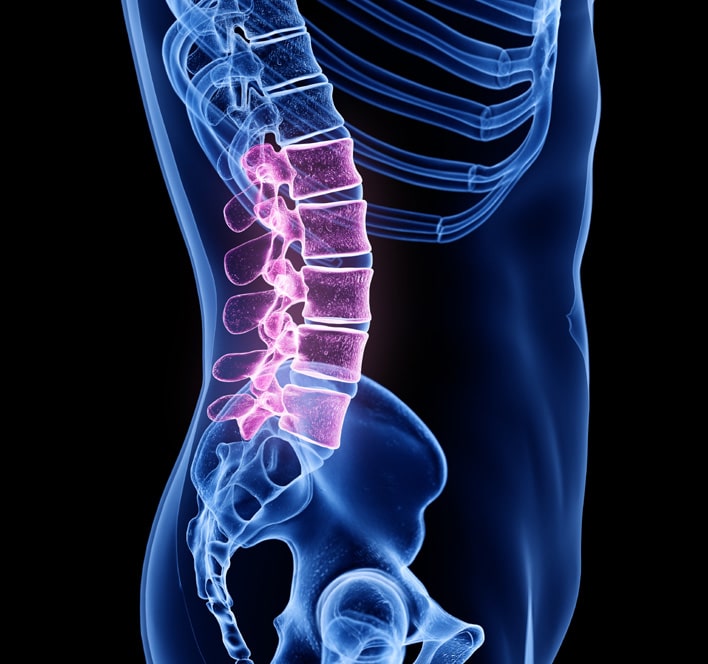If you are experiencing chronic back pain due to lumbar spinal issues, you may have heard about the use of pedicle screws and rods in lumbar spinal fusion. These surgical tools have become a common method for stabilizing the spine and promoting fusion in cases of spinal instability or deformity. While the idea of having screws and rods implanted in your spine may sound scary, these devices have proven to be effective in providing much-needed support and relief for many patients.
When you choose NJ Spine & Orthopedic for your spinal fusion procedure, you can trust that you are in the hands of skilled and experienced surgeons who are dedicated to providing you with the best possible outcome. With pedicle screws and rods in lumbar spinal fusion, you can look forward to a future free of debilitating back pain.
What Are Pedicle Screws?
Pedicle screws are small, cylindrical devices that are inserted into the vertebral bones of the spine. These screws are placed in the pedicles, which are small bony structures that connect the vertebral body to the back part of the spine. By securing the screws into the vertebrae, your surgeon is able to create a solid foundation for the fusion process to take place. The rods, on the other hand, are long metal bars that are connected to the screws, providing additional stability and support to the spine.
During a lumbar spinal fusion procedure, the surgeon will carefully place the pedicle screws and rods in strategic locations along the spine to correct any instability or misalignment. Once the screws and rods are in place, bone graft material is placed between the vertebrae to promote the growth of new bone, fusing the vertebrae together. This fusion process helps to stabilize the spine, alleviate pain, and improve overall function.
Reasons to Use Pedicle Screws for Spine Fusion
When it comes to lumbar spinal fusion procedures, pedicle screws are important to achieve successful outcomes. The rationale behind using pedicle screws is to stabilize the spine during the fusion process. By anchoring to the vertebral bodies, these screws provide stability and support to facilitate the fusion of spinal segments. Surgeons often opt for pedicle screws in conjunction with rods to enhance fixation and increase the chances of a successful fusion.
Pedicle screws are commonly used in cases of spinal deformity, spondylolisthesis, degenerative disc disease, and other conditions that require spinal stabilization. The design of pedicle screws allows for effective fixation, enabling the spine to heal properly after the fusion procedure.
Potential Risks and Complications of Pedicle Screws and Rods
While pedicle screws are valuable tools in spine fusion surgery, they also carry potential risks and complications that surgeons must consider. These risks include potential nerve or spinal cord injury during screw placement, which can lead to neurological deficits. Additionally, malpositioned screws or hardware failure can result in poor fusion outcomes and the need for revision surgery.
Other complications of pedicle screw fixation may include infection, implant failure, or adjacent segment degeneration. Surgeons must carefully assess each patient’s condition and surgical plan to minimize these risks and ensure a successful fusion. Close monitoring of postoperative healing and rehabilitation is essential to detect and address any issues that may arise.
Schedule a Consultation With a Spine Surgeon at NJ Spine & Orthopedic
If you are considering undergoing a lumbar spinal fusion procedure using pedicle screws and rods, it is important to talk to your doctor about the benefits and risks of the surgery. Your doctor will be able to answer any questions you may have and will work with you to create a treatment plan that is tailored to your individual needs.
Contact NJ Spine & Orthopedic today to schedule a consultation and learn more about pedicle screws and rods in lumbar spinal fusion procedures. Call us at (866) 553-0612 or use this contact form for more information.

